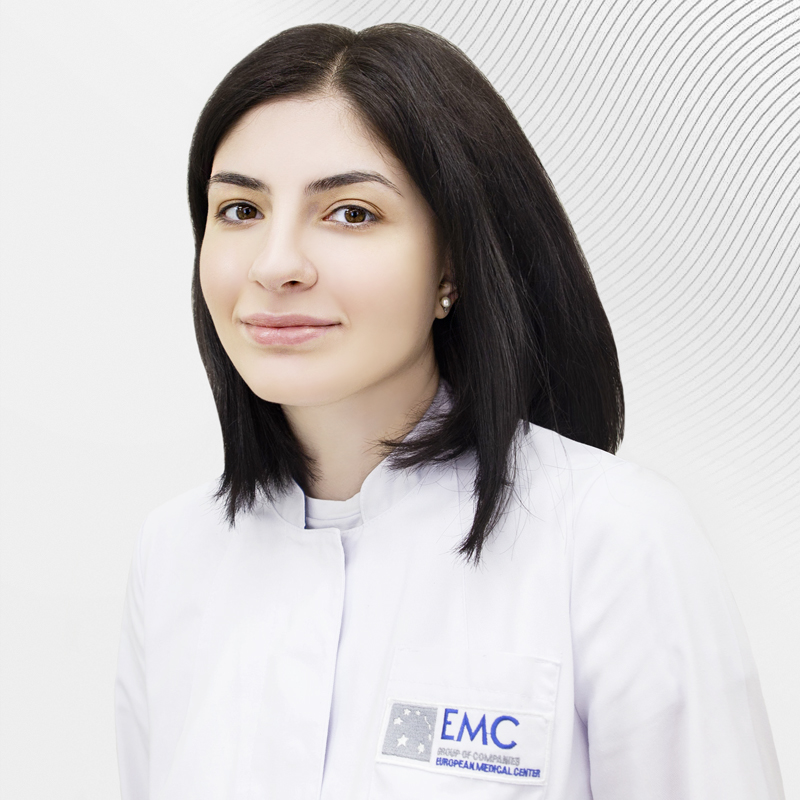Preparation of sperm in the EMC
What is an ejaculate and how is sperm processed in the EMC Embryological laboratory in preparation for in vitro fertilization? Ilya Volodyaev, an embryologist and Candidate of Biological Sciences, told what modern medicine can offer men who, for one reason or another, have disorders in the reproductive system that prevent them from conceiving a child, and what modern medical technologies are used in the EMC Clinic for Reproductive and Prenatal Medicine.
Ilya Volodyaev comments:
"What is an ejaculate?
Semen (ejaculate) is a mixture of products from several glands, primarily the testicles, prostate, and vesicles. Spermatozoa occupy only a few percent of the sperm. Besides them, it contains other cells and seminal plasma: fructose, semiohelin, prostate-specific antigen, lysozyme, etc. Normally, all these components are necessary for the activation of spermatozoa after ejaculation, protection from vaginal acids and microorganisms, and prolonging the life of spermatozoa in the female genital tract. However, when preparing for ART (assisted reproductive technologies) procedures, both in IVF and simple insemination, these components are unnecessary and even harmful, since they enhance oxidative reactions, can lead to bacterial overgrowths of the environment or inflammatory processes during intrauterine insemination and interfere with the selection of good spermatozoa for ICSI. That is why it is necessary to process the ejaculate, in which the spermatozoa are purified from the rest of the sperm components and transferred to a special environment.Ejaculate treatment;
The process of cleansing the sperm from the rest of the ejaculate is performed through centrifugation. As a rule, the ejaculate is carefully layered on a suspension of microscopic silicone particles, through which mainly motile spermatozoa of normal morphology pass (during centrifugation). This is called density gradient centrifugation. With a very low concentration of spermatozoa, this method is replaced by direct precipitation without a gradient, choosing the lesser of two evils – it is better to get a "dirty" precipitate with at least some spermatozoa than to get nothing.
If there are no spermatozoa...The absence of sperm in the ejaculate is called azoospermia, the absence of the ejaculate itself is called aspermia, and ejaculation is called anejaculation. In these cases, modern medical technologies come to the rescue, which in certain cases make it possible to obtain spermatozoa and further achieve successful in vitro fertilization.
- Retrograde ejaculation – spermatozoa are produced in the testicles, but when ejaculating, the sperm does not get outside, but into the bladder.
Urine is an unfavorable environment for spermatozoa, so in this case, a suitable medium is pre–injected into the bladder. After ejaculation, the man takes a urine test – the resulting mixture of sperm and the medium is processed by centrifugation.
- Blockage of the vas deferens – spermatozoa are produced in the testicles, but cannot pass through the vas deferens. The diagnosis in this case is obstructive azoospermia.
Medical solution:
In this case, it is possible to use various surgical methods for obtaining spermatozoa –TESA (testicular biopsy), PESA (collection of spermatozoa from the epididymis through the skin), etc. The surgeon punctures the appendage of the testicle or separates the tissues from the appendage or the testicle itself, and during the procedure, the embryologist promptly "searches" for spermatozoa under a microscope in the resulting material, and if he finds them, processes them by centrifugation.
- Non–obstructive (secretory) azoospermia is a violation of the functioning of the testicles, in which there is no formation of spermatozoa.
Medical solution:
If there is any hope that there are at least some foci of spermatogenesis in the testicles, TESA is applicable. However, as a rule, the micro-TESA method is used in this case, which allows the testicles to be operated under a microscope. At the same time, the surgeon sees which tubules of the testicle he extracts, and selects only those where there is a chance to find spermatozoa."
Doctors
.jpg)

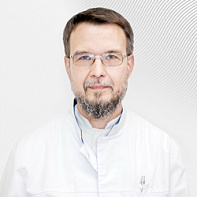
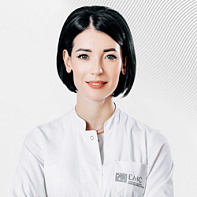
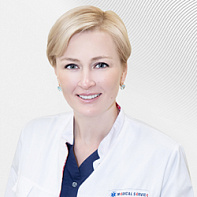
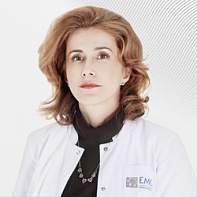
.jpg)
.jpg)
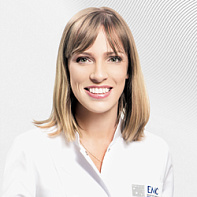
- Conducts the reception of patients with infertility, miscarriage, conducts all stages of ART programs
- Performs diagnostics and treatment of a full range of gynecological pathology (management of patients with endometriosis, uterine fibroids, polycystic ovarian syndrome, menstrual disorders)
- She graduated from the Russian National Research Medical University named after N.I. Pirogov with a degree in Medical Science and a residency in Obstetrics and Gynecology
